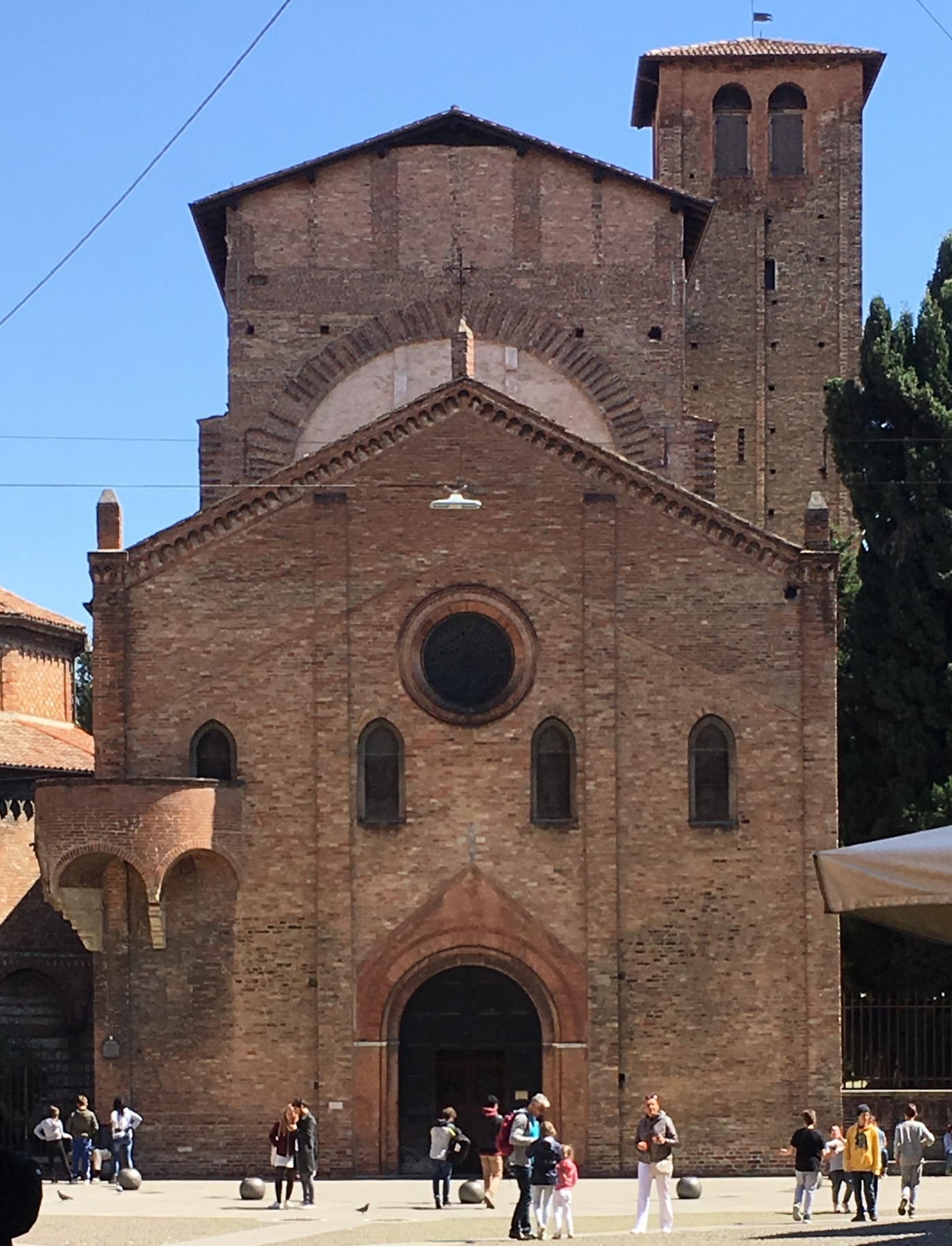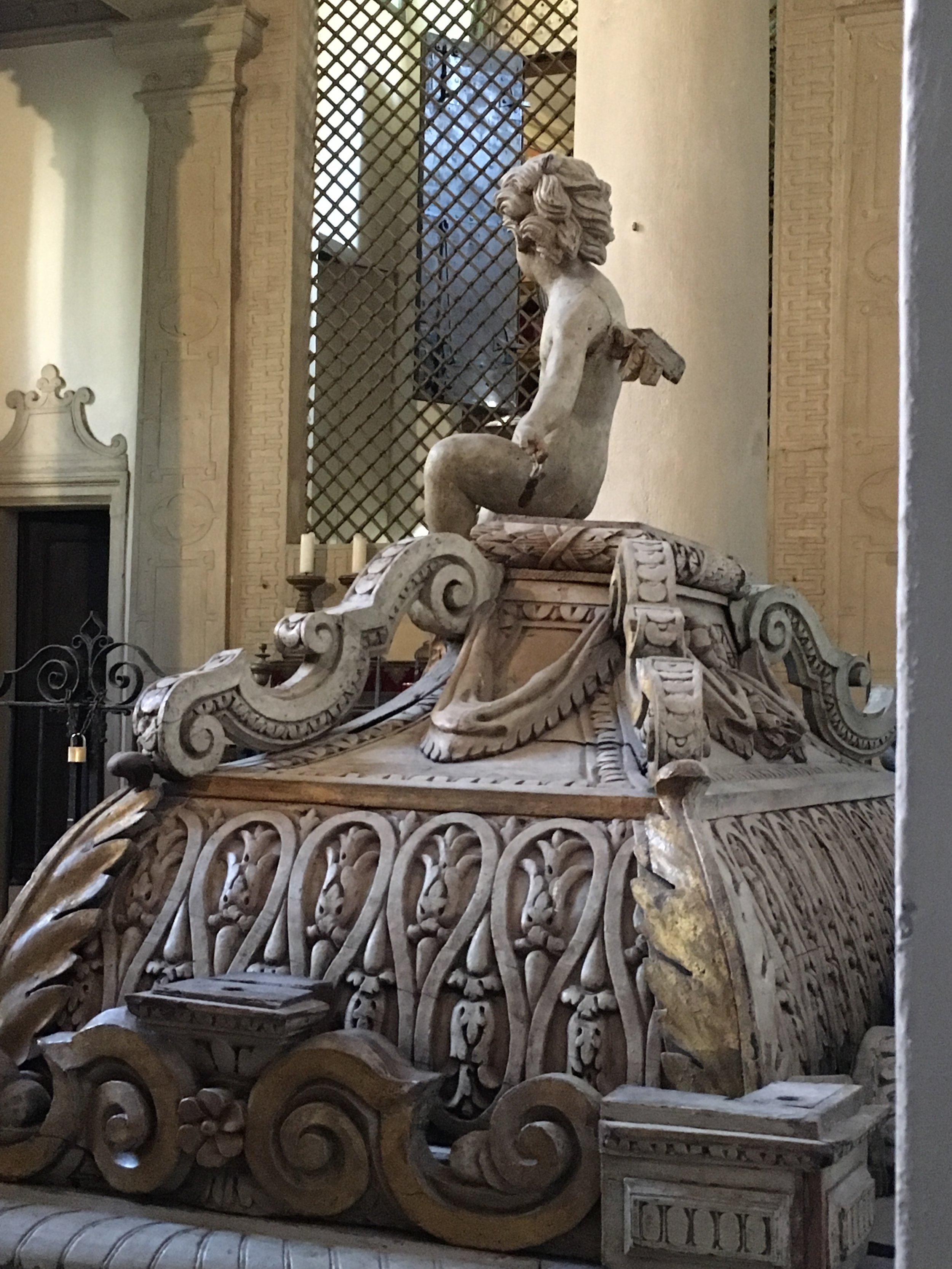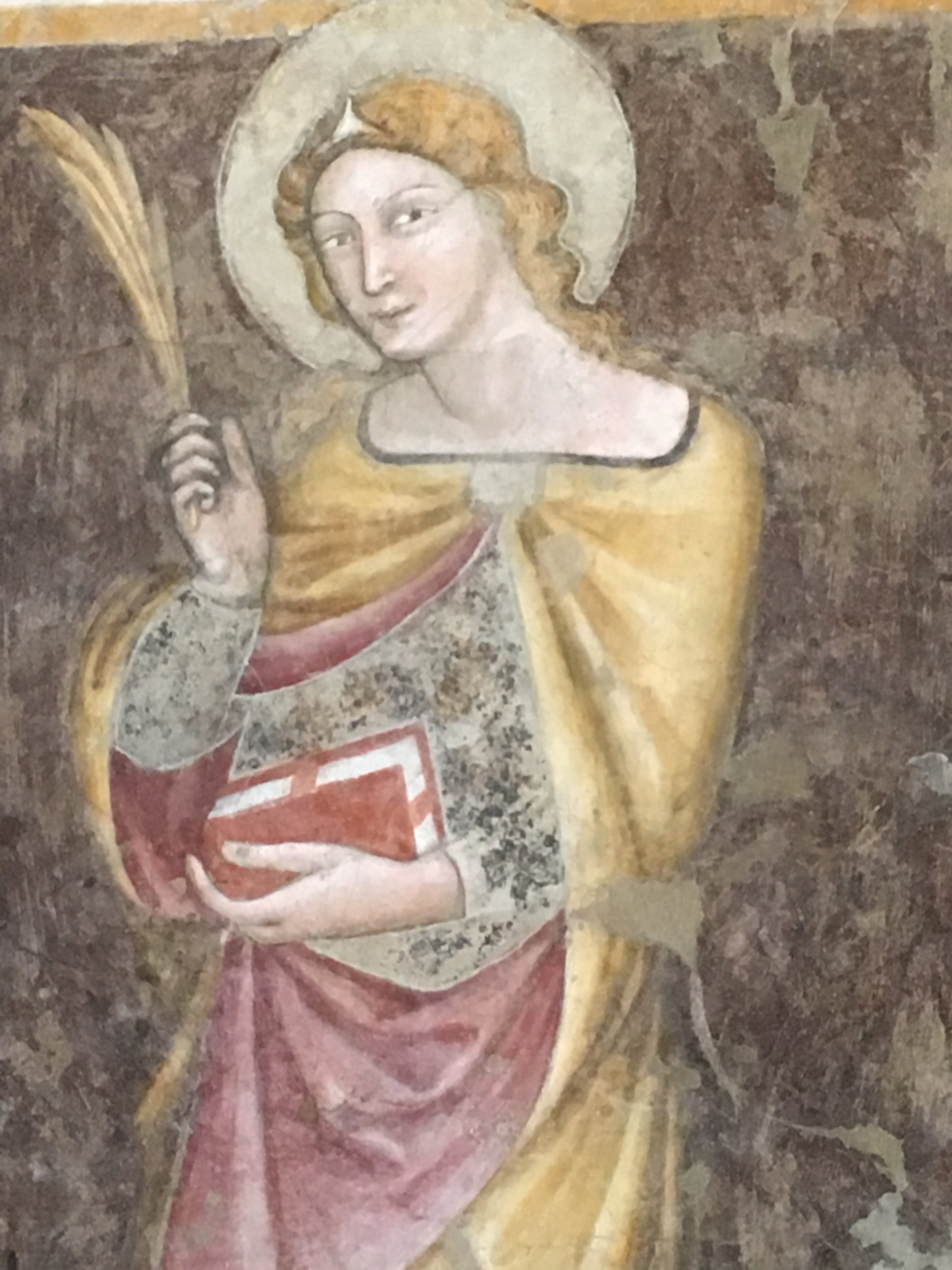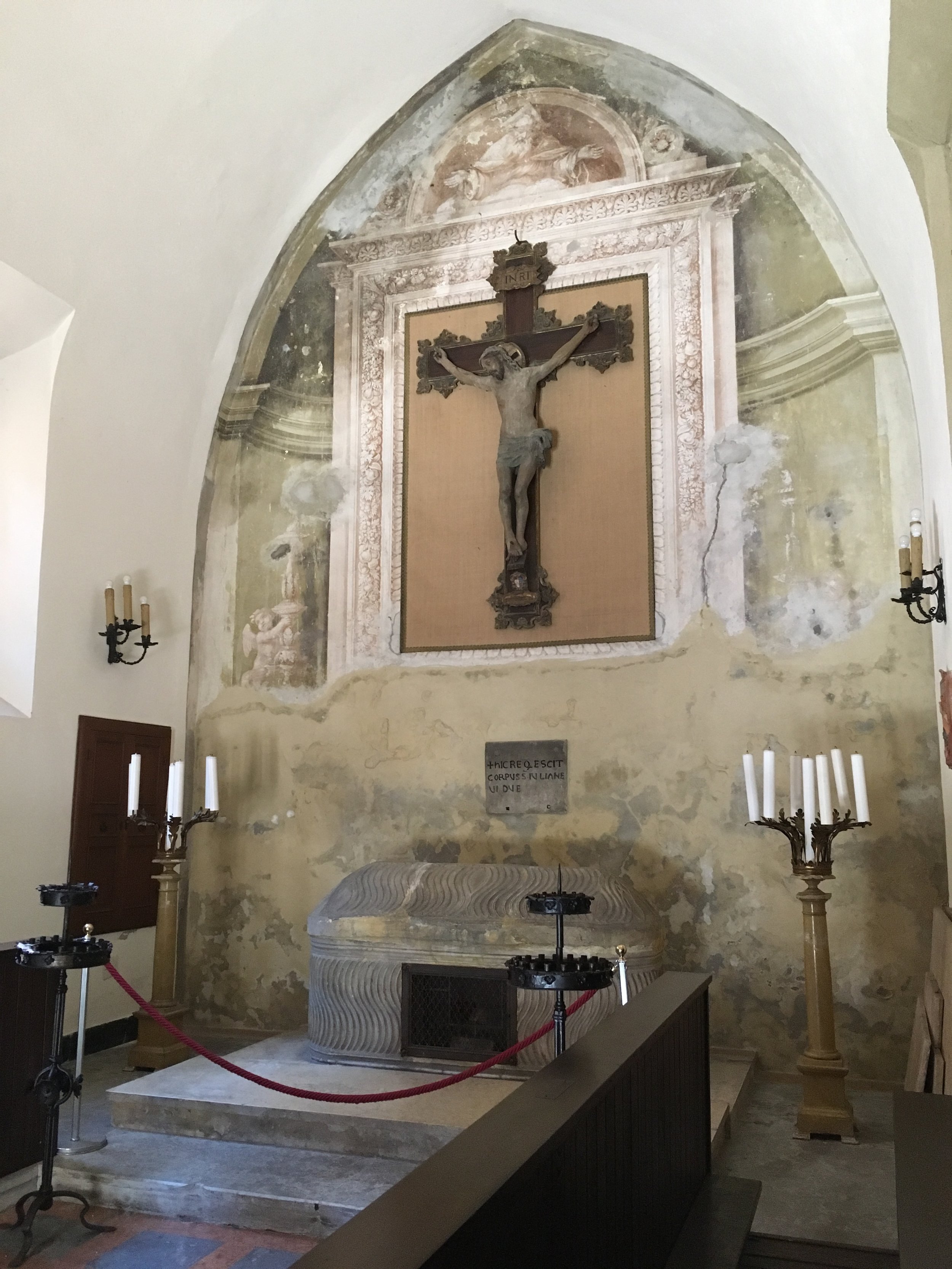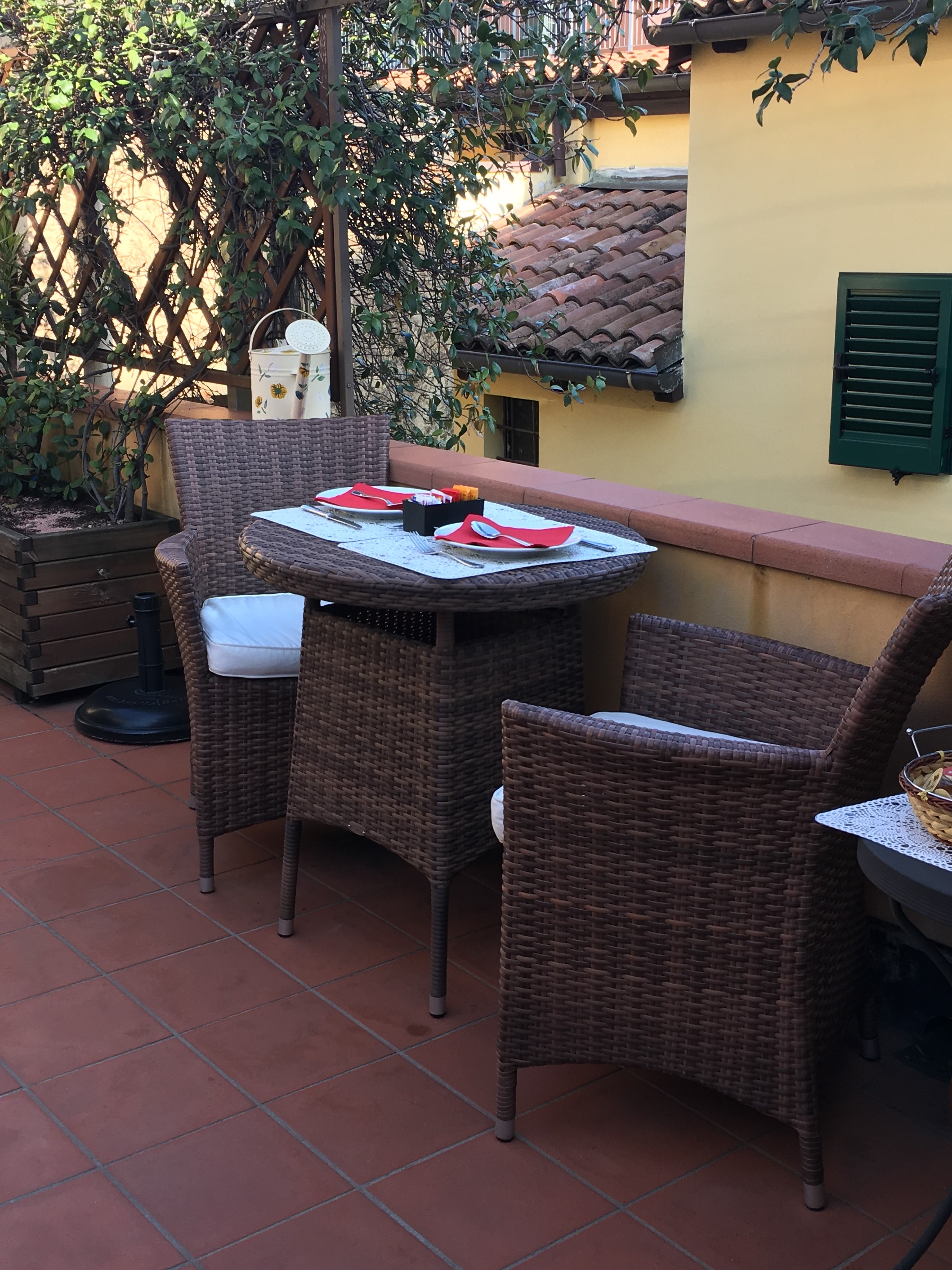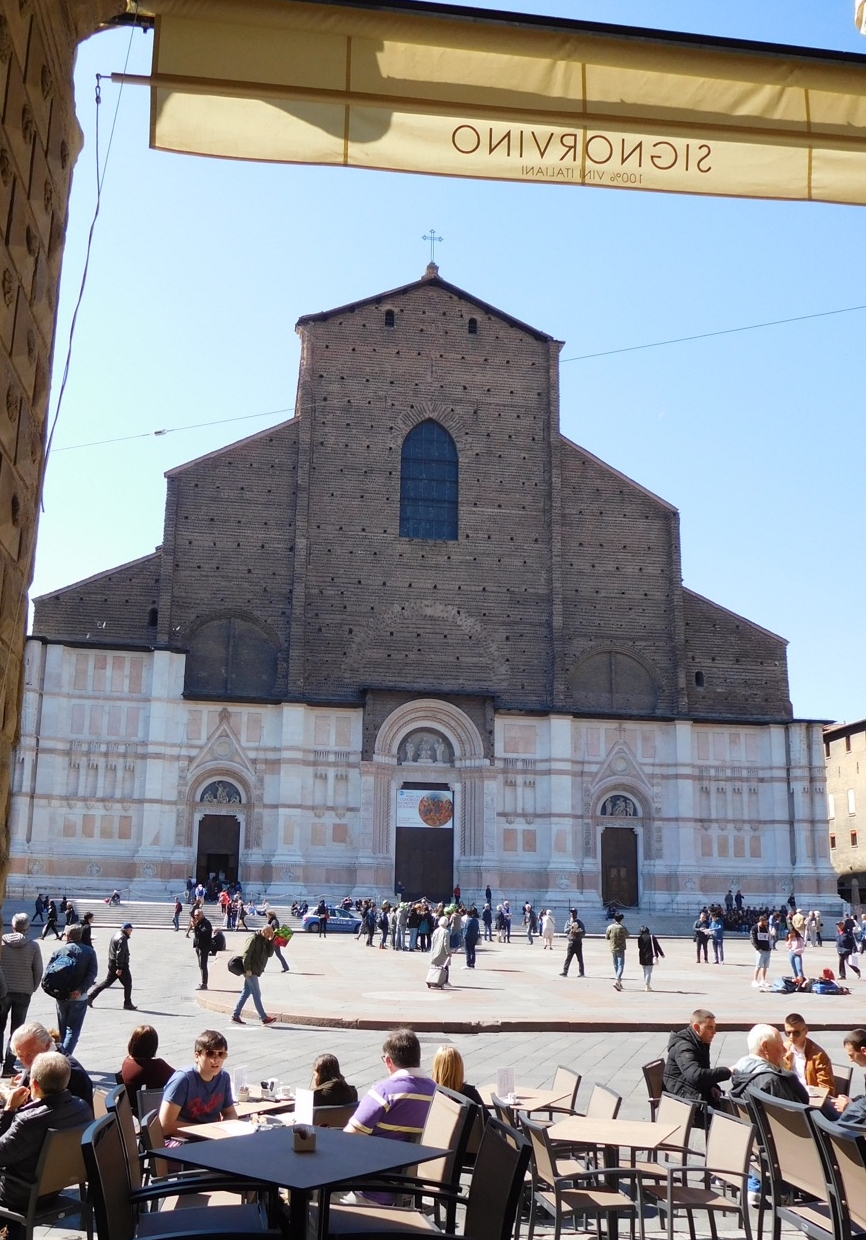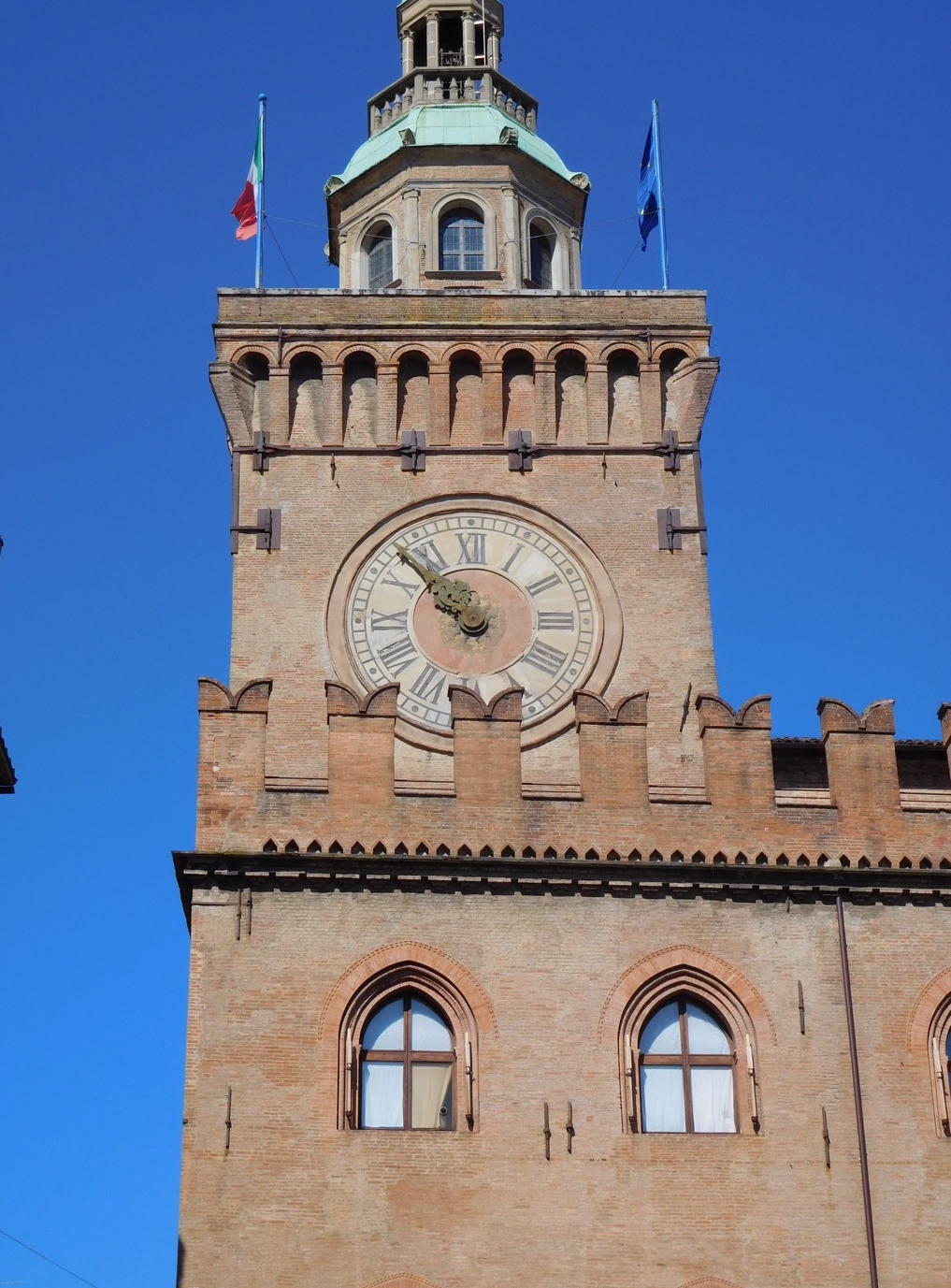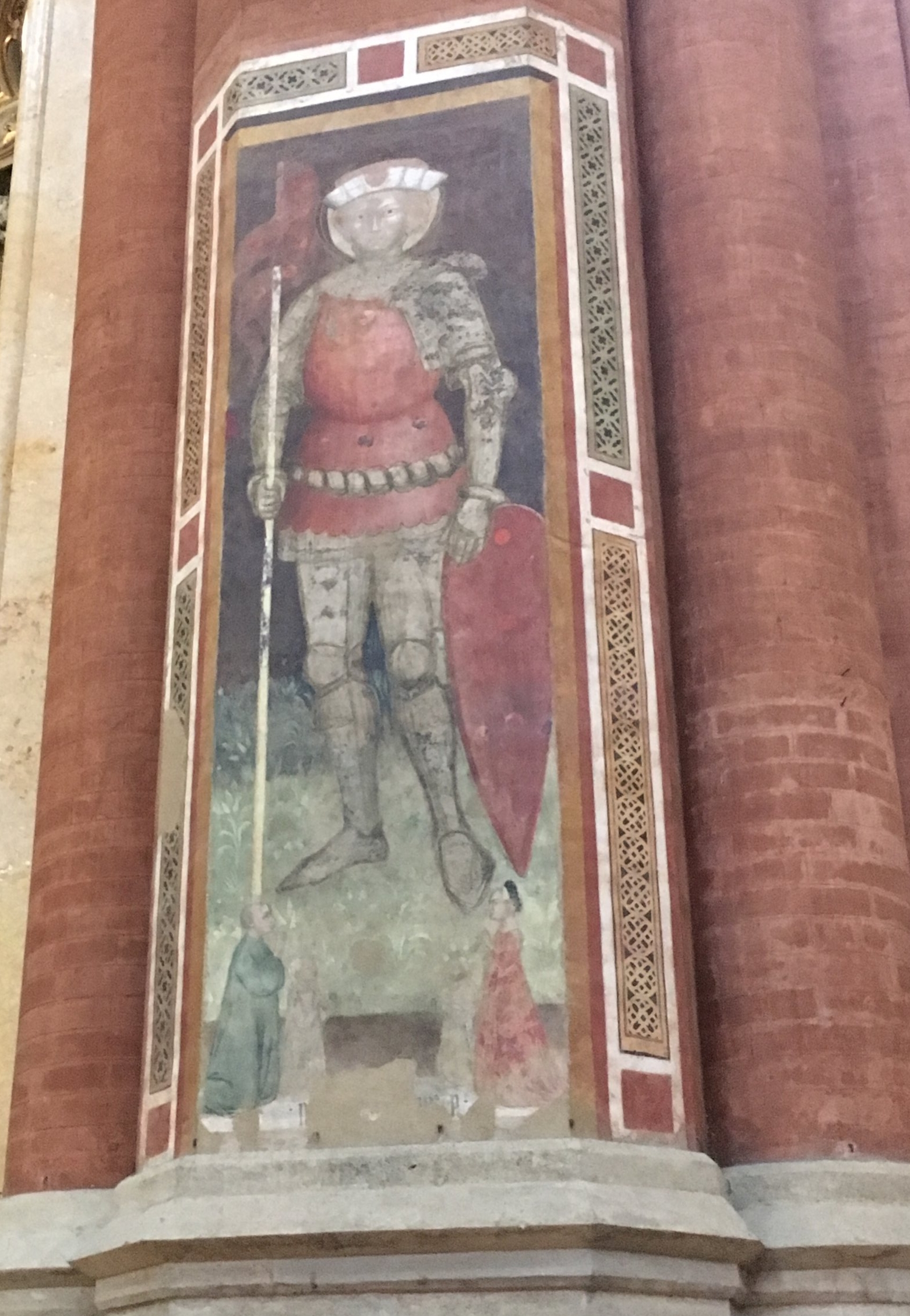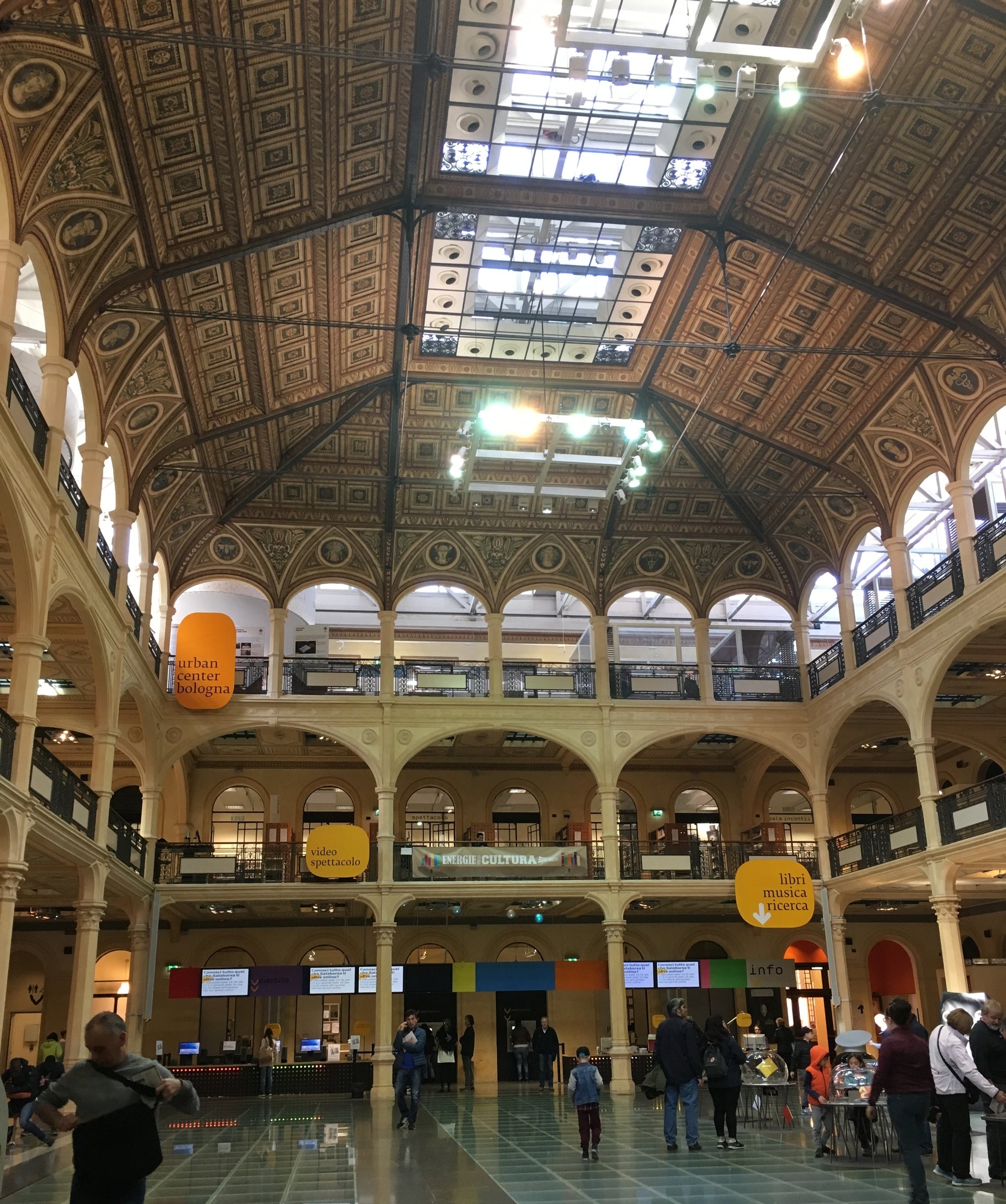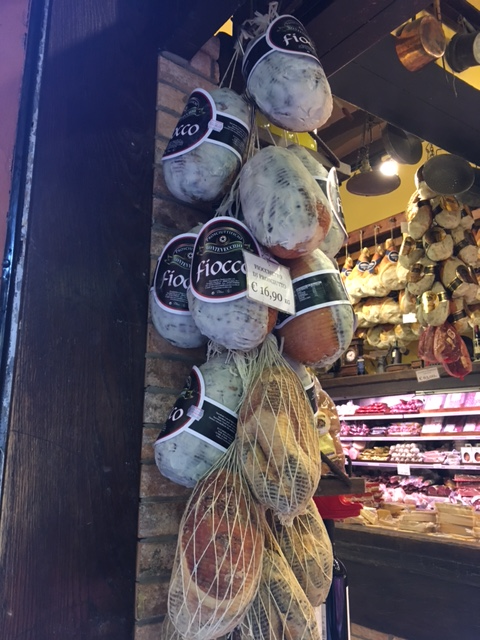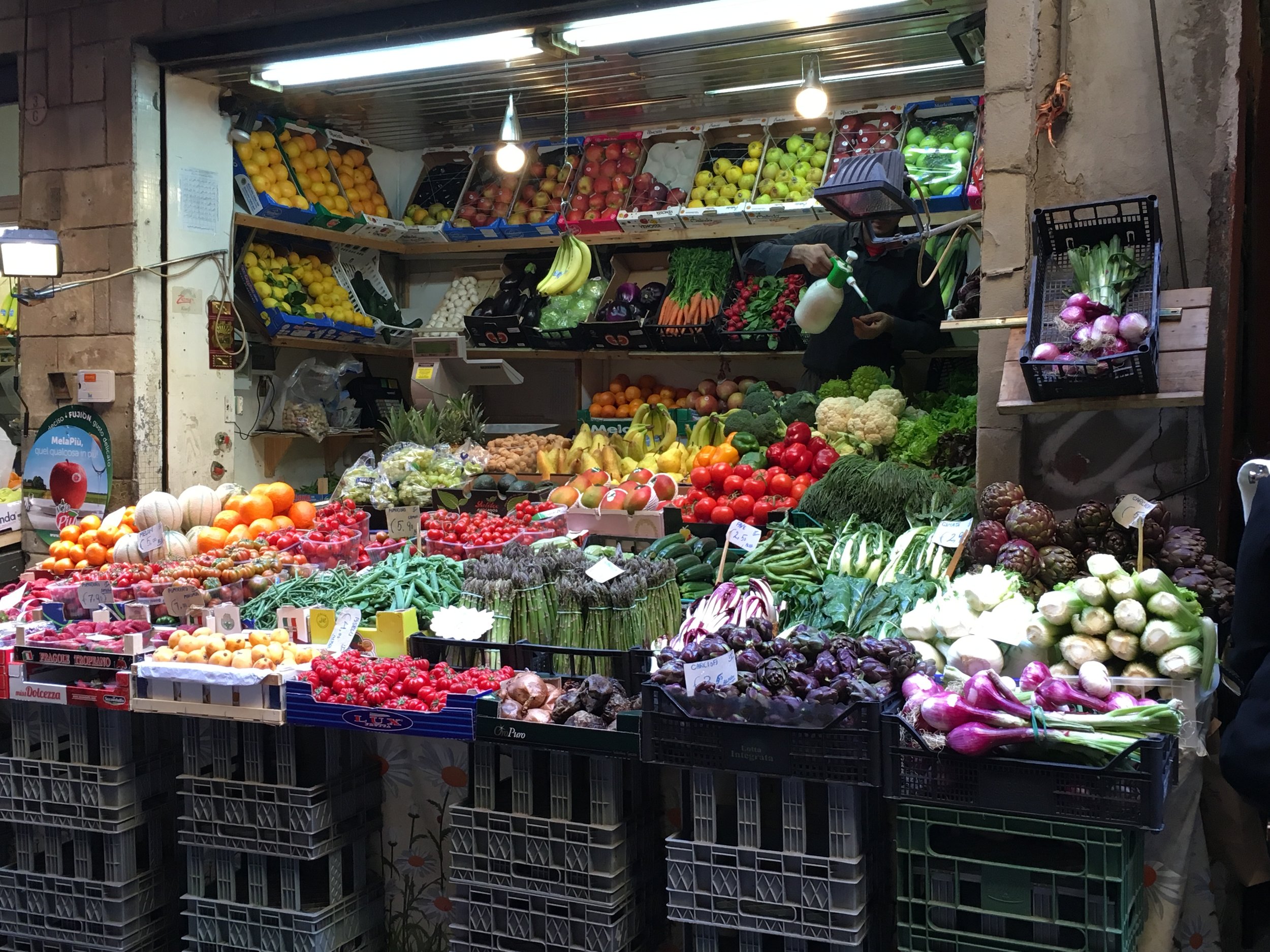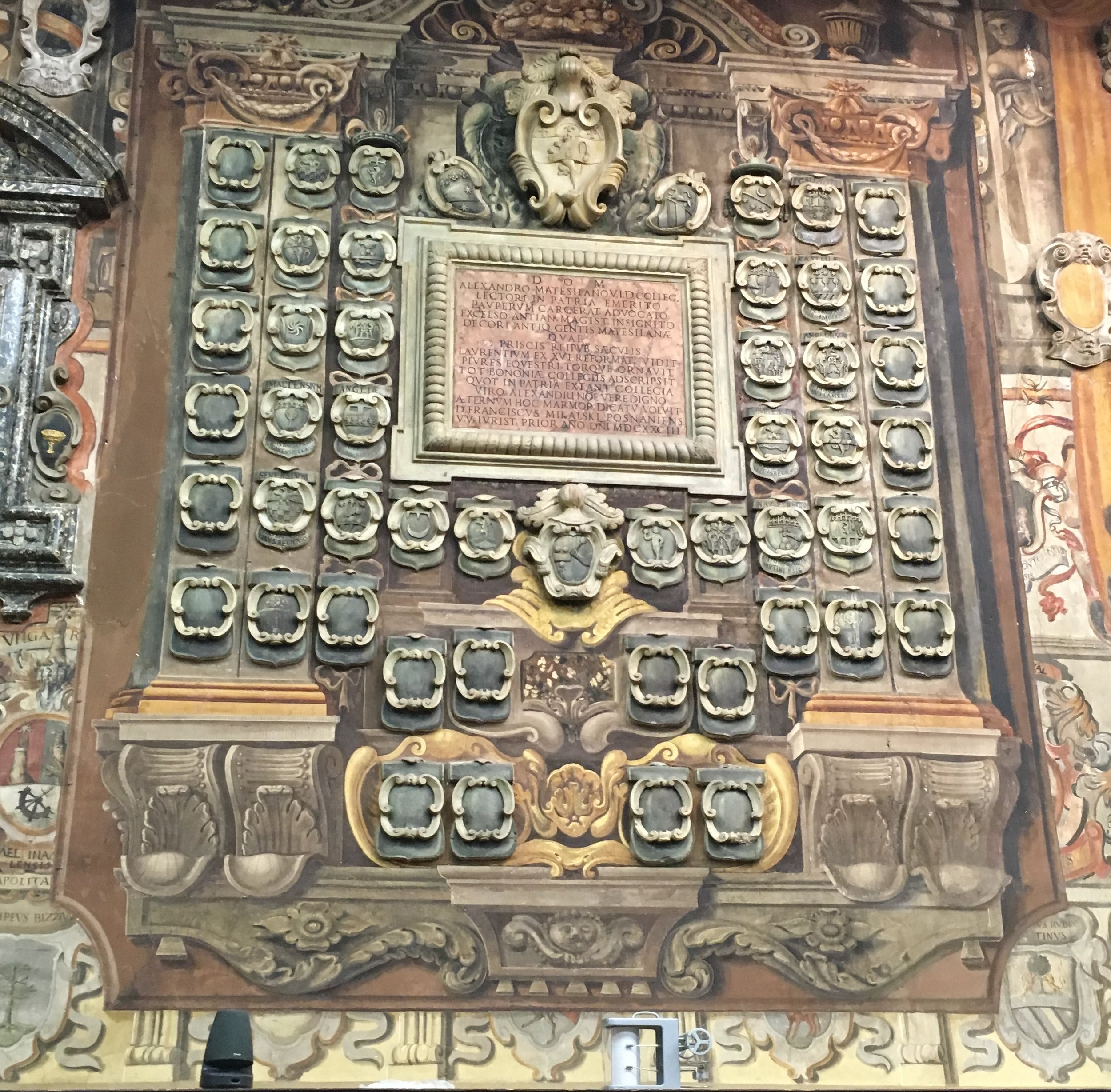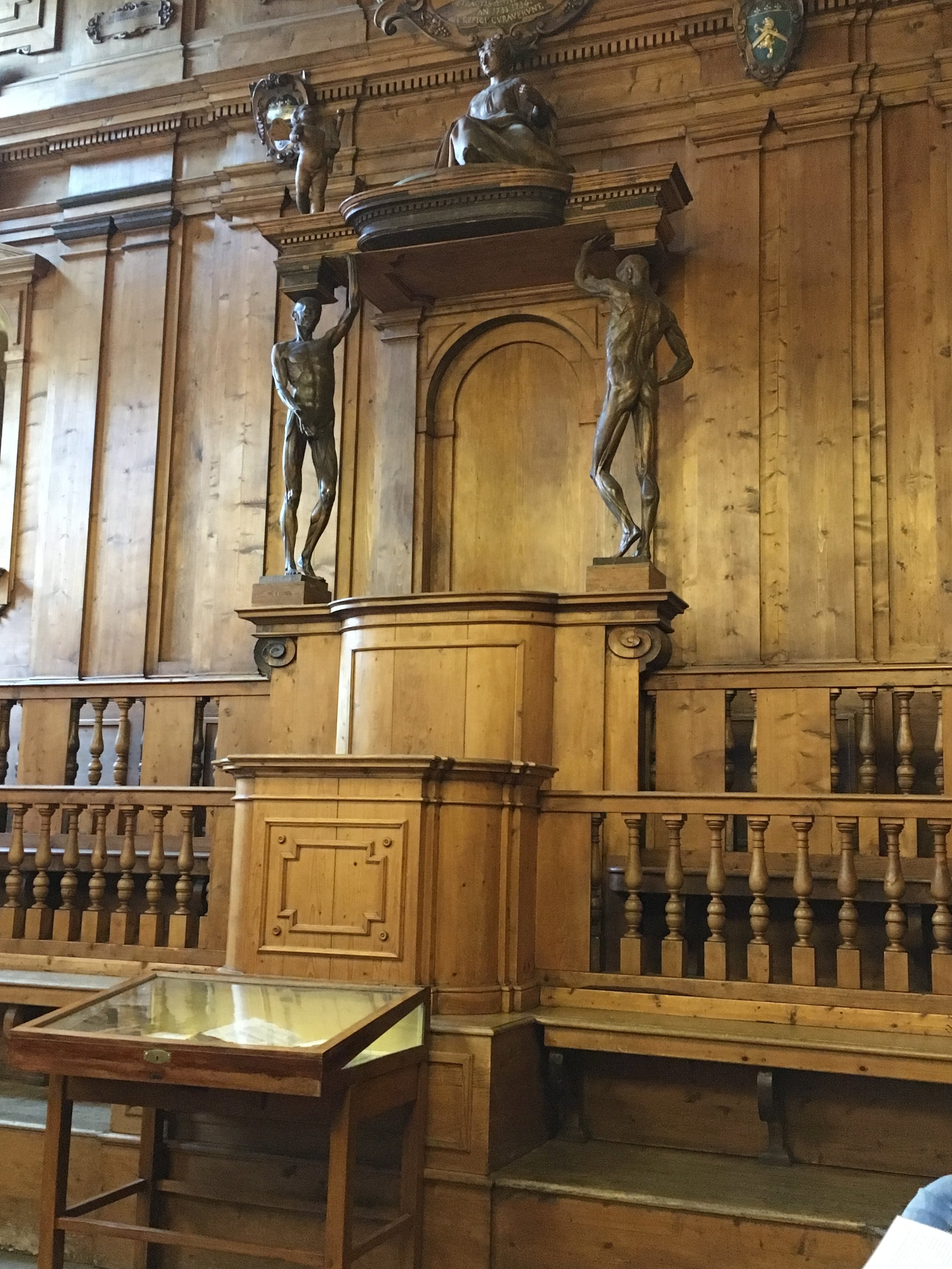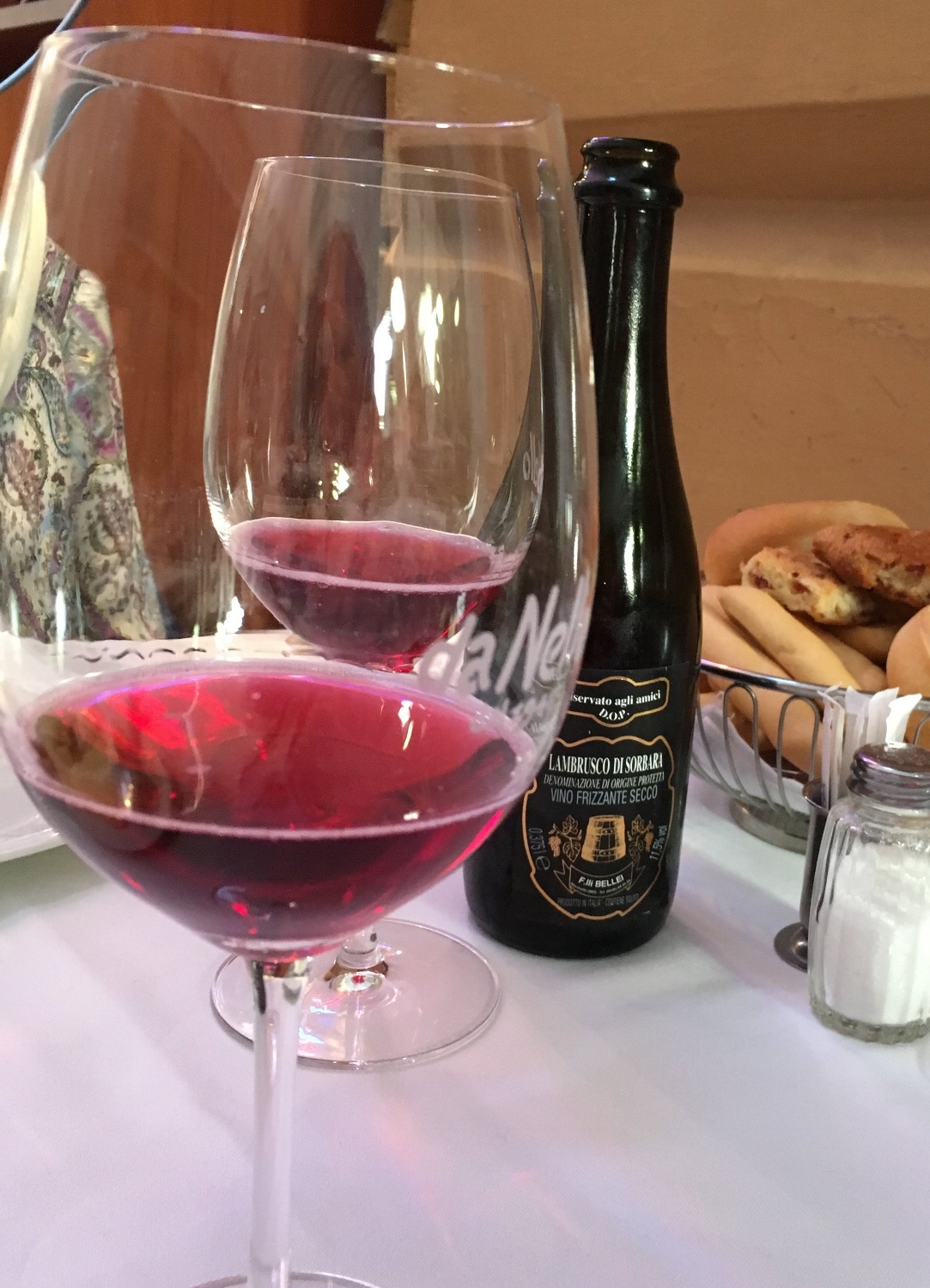High Above Bologna
Bologna is a fabulous place to visit. With its miles of porticos, Medieval buildings, ancient churches, historic university, fountains, beautiful piazzas, and its very own leaning tower, it makes for a fabulous stop on any northern Italian itinerary. And then there is the food. Bologna is where filled pasta takes center stage along with salumi of all types and gorgeous aged Parmigiano Reggiano cheese. It is a food lover’s mecca.
Going through the Porta Saragozza on the train to the Santuario.
But high above the city lies something that many visitors miss – the Santuario della Beata Vergine di San Luca (Sanctuary of the Madonna of San Luca). And that’s a shame, because it is a place of beauty and history.
The Santuario lies 4.9 km (about 3 miles) from Bologna’s city center, up a series of steep portico lined steps that begin just beyond the historic 13th century city gate of Porta Saragozza. To make the walk is to undertake a pilgrimage, one not for the faint of heart (or weak of knees).
But there is another option – a small train departs from Piazza Maggiore in the historic center of Bologna and whisks passengers (well, more accurately it chugs slowly up the hill) along the portico and up to the Santuario. I normally avoid little tourist trains, but I make an exception for this one which stops right at the base of the Santuario’s broad terrace. After visiting the church, riders can catch the train back to town. Tickets cost €13 and the journey up to the church takes about 25 minutes.
The arches of the portico leading up to the Santuario. There are 666 arches total leading from Bologna city up the hill to the Santuario.
The portico itself is fascinating. Built beginning in 1674, it has 666 arches under which are several tiny chapels (once upon a time there were many more). Each year, in May for the Feast of the Ascension, the Byzantine Icon of the Madonna of San Luca is carried through the portico down to the city where it remains for one week at the Cattedrale di San Pietro (Cathedral of St. Peter, Bologna’s main church). The icon then makes a return pilgrimage, up the portico, to the Santuario. The portico protects the icon from the elements during its journey down and back up the hill. Even for the non-religious, this is a fascinating slice of Italian history and culture.
Just one of the fabulous views from the Santuario atop the Monte del Guardia.
The Madonna of San Luca (from the website of the Santuario della Beata Vergine)
The Santuario sits on a hill, the Monte del Guardia. Its terrace offers panoramic views of the countryside, the hills, and the city of Bologna.
The church was built on the site of a female hermitage for the purpose of housing the icon of the Madonna. The icon, which first arrived to Bologna in the 13th century, was originally cared for on this site by the nuns of the hermitage.
Consecrated in 1765, the original building has evolved and changed over the centuries. The current church, with its columns, marble, and gold trimmings, is quite ornate. It is filled with beautiful paintings and sculptures. Seeing art inside churches, where it was intended to be displayed, is always the best venue for appreciating the work. The art in the Santuario is no exception.
When visiting the church, definitely look up. The frescoed arches above the main and side altars are wonderful as are the large hanging lanterns. The small cupola, painted by the Florentine artist Cassioli in the early 1900’s, is lovely.
The setting of the Santuario is quiet and peaceful. The views are wonderful. The history is one of ancient legends and devotions. It is unique and fascinating, a not-to-be-missed place when visiting Bologna.















